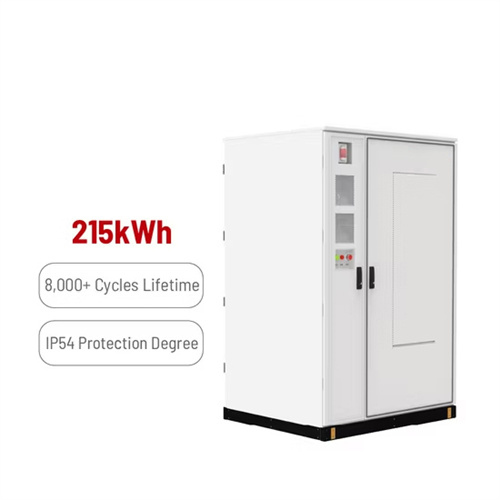About Charging energy storage meaning
Common examples of energy storage are the rechargeable battery, which stores chemical energy readily convertible to electricity to operate a mobile phone; the hydroelectric dam, which stores energy in a reservoir as gravitational potential energy; and ice storage tanks, which store ice frozen by cheaper.
Energy storage is the capture ofproduced at one time for use at a later timeto reduce imbalances between energy demand and energy production. A device that stores energy is generally called an .
MillsThe classic application before thewas the control of waterways to drive water.
Storage capacity is the amount of energy extracted from an energy storage device or system; usually measured inorand their multiples, it may be given in number of hours of electricity production at power plant ;.
In the 20th century grid, electrical power was largely generated by burning fossil fuel. When less power was required, less fuel was burned. , a mechanical energy storage.
OutlineThe following list includes a variety of types of energy storage:• Fossil fuel storage• Mechanical .
The(IESDB), is a free-access database of energy storage projects.
The economics of energy storage strictly depends on the reserve service requested, and several uncertainty factors affect the profitability of energy.
As the photovoltaic (PV) industry continues to evolve, advancements in Charging energy storage meaning have become critical to optimizing the utilization of renewable energy sources. From innovative battery technologies to intelligent energy management systems, these solutions are transforming the way we store and distribute solar-generated electricity.
When you're looking for the latest and most efficient Charging energy storage meaning for your PV project, our website offers a comprehensive selection of cutting-edge products designed to meet your specific requirements. Whether you're a renewable energy developer, utility company, or commercial enterprise looking to reduce your carbon footprint, we have the solutions to help you harness the full potential of solar energy.
By interacting with our online customer service, you'll gain a deep understanding of the various Charging energy storage meaning featured in our extensive catalog, such as high-efficiency storage batteries and intelligent energy management systems, and how they work together to provide a stable and reliable power supply for your PV projects.
Related Contents
- Charging energy storage station
- Private energy storage charging station
- Grid energy storage fast charging
- Outdoor energy storage power charging cable
- Pudong energy storage charging pile address
- Slovakia energy storage charging
- Charging module of energy storage vehicle
- Japan charging energy storage
- Energy storage cabinet charging pile survey
- Charging pile energy storage box price
- Prospects of charging pile and energy storage
- Do charging piles need energy storage inverters


